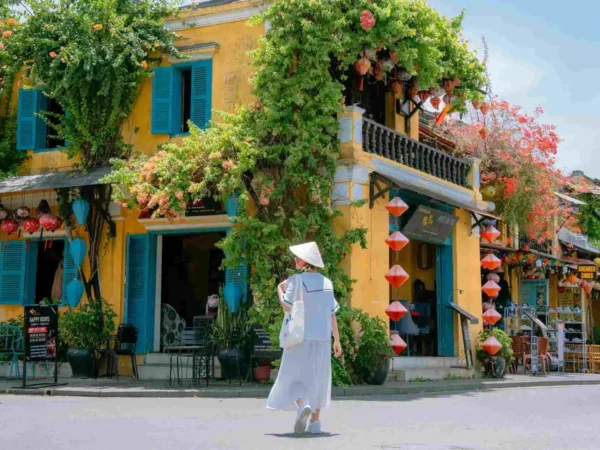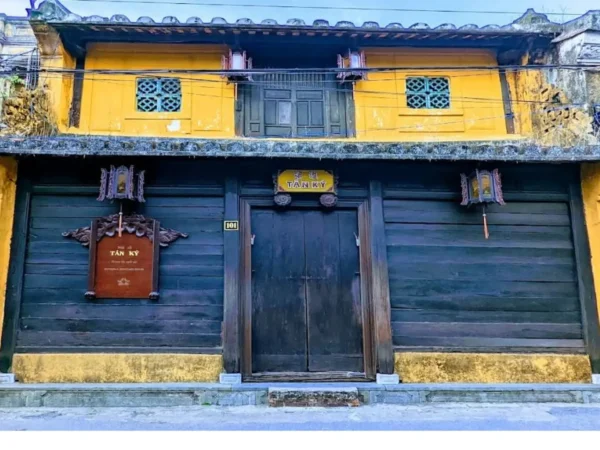Marble Mountains Da Nang: Powerful Nature-Filled Experiences
These stunning Marble Mountains in Vietnam have it all: epic limestone peaks, cool caves, ancient temples, and views that are chef’s kiss. Walking around here feels like a breath of fresh air – literally. It’s peaceful, photogenic, and full of that calm, chill energy we all need. Every corner is Insta-worthy, and the vibe? A perfect mix of nature, culture, and a little bit of magic. Trust us, once you see it, you’ll want to book your trip immediately.
Overview of Marble Mountains
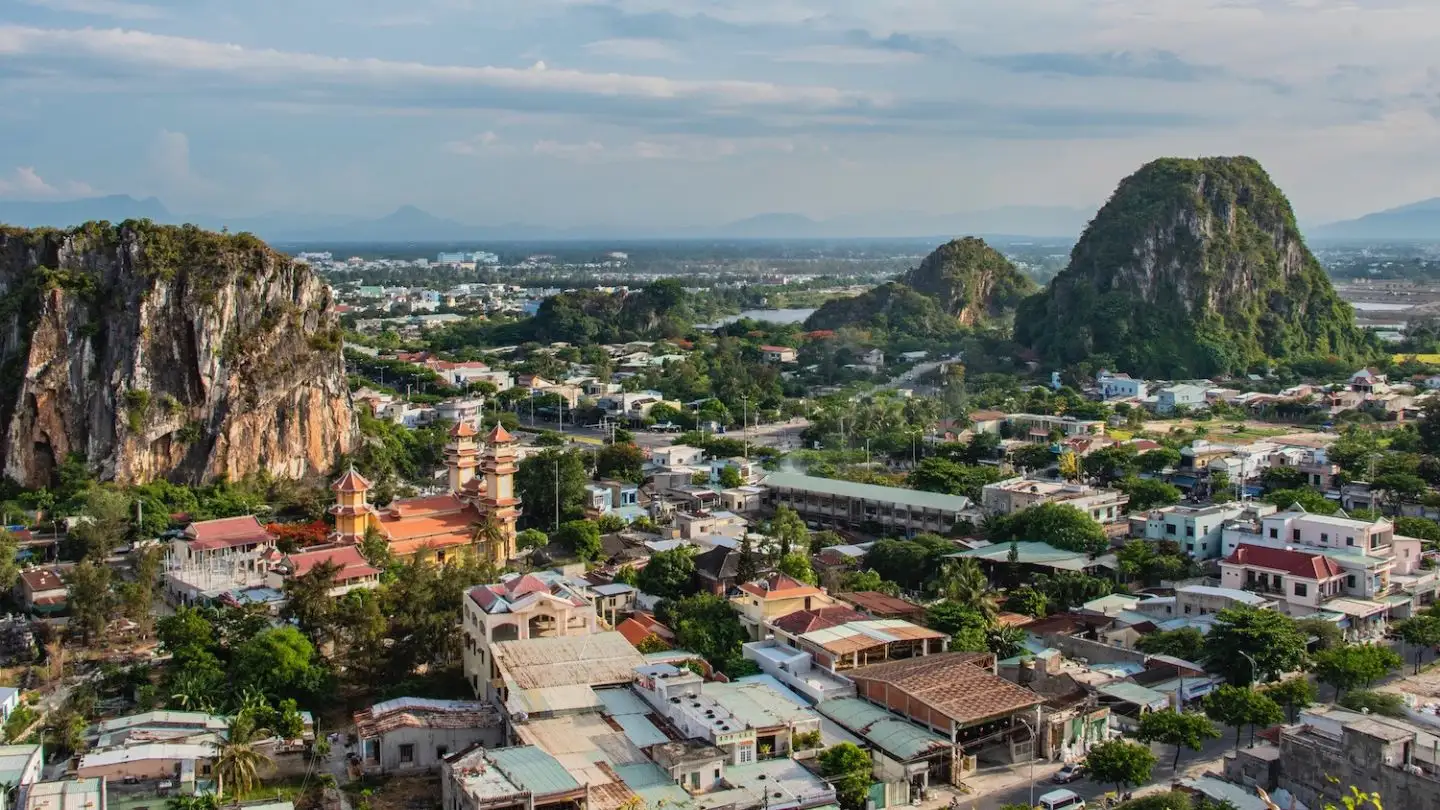
- Address: 81 Huyen Tran Cong Chua, Hoa Hai, Ngu Hanh Son, Da Nang 550000, Vietnam
- Opening hours: 7:00 – 5:30
- Entrance fee: 40,000 VND
- Elevators: 15,000 VND
Marble Mountain is a group of five small mountains in central Vietnam, near Da Nang City. Each mountain is named after one of the five natural elements: metal, wood, water, fire, and earth.
This place is famous for its beautiful caves, old temples, and amazing views from the top. Visitors can climb stairs, explore hidden caves, and enjoy the quiet and peaceful feeling. Many people come here to relax, take photos, and learn more about Vietnamese tradition.
The Ultimate Marble Mountains Experience Checklist
Ready to uncover Da Nang’s most iconic spiritual wonder? Here’s your ultimate Marble Mountains checklist — let’s see what you shouldn’t miss!
A Visit To The Five Marble Mountains
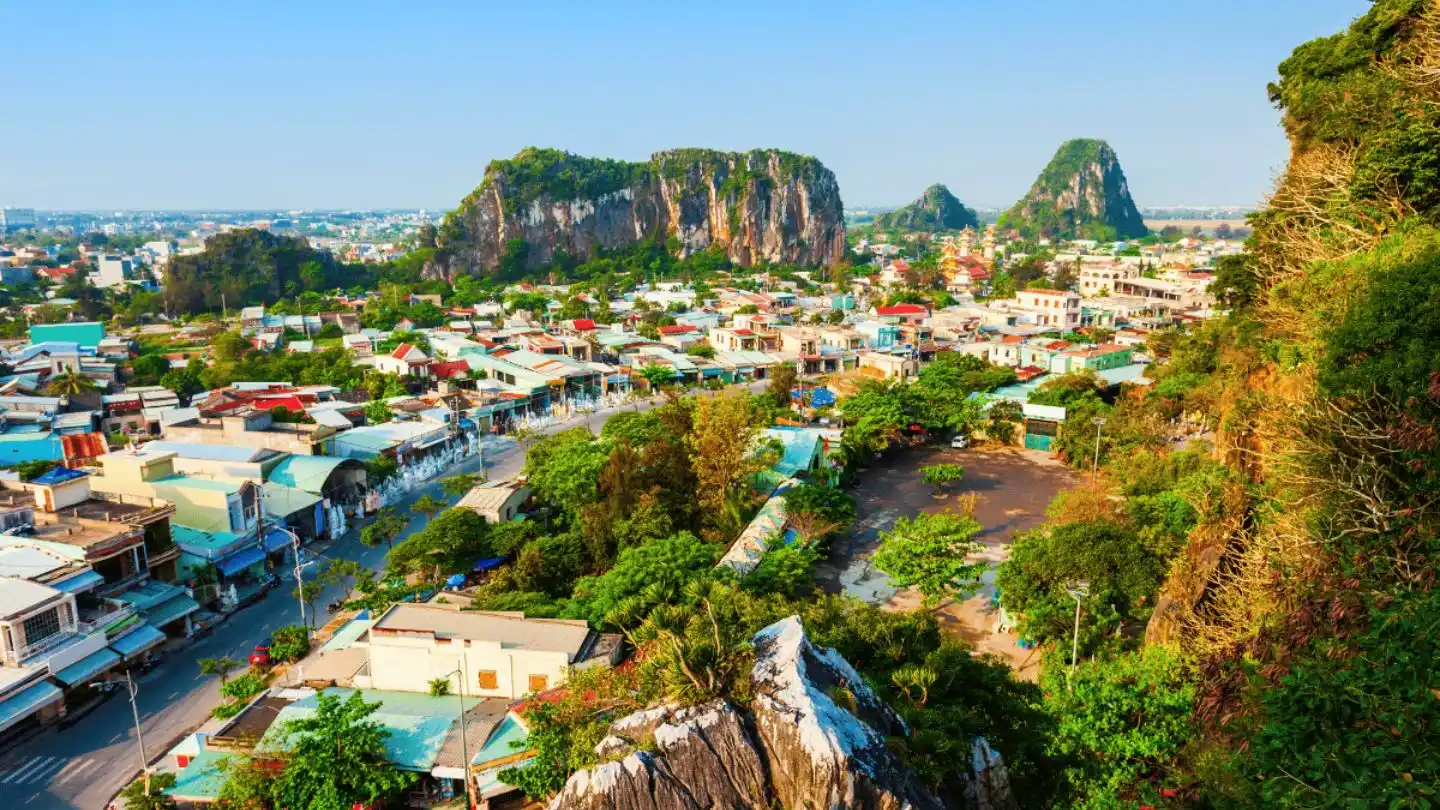
- Explore each of the five peaks, each named after a natural element:
- Moc Son (Wood Mountain): A quiet spot, ideal for peaceful walks and seeing the natural Co Mu stone (a human-shaped rock).
- Tho Son (Earth Mountain): The lowest but longest mountain, featuring tunnels and wartime hideouts – great for history lovers.
- Hoa Son (Fire Mountain): A twin‑peak mountain rich in ancient ruins and dramatic terrain – perfect for adventurous hikers
- Thuy Son (Water Mountain): The largest and most visited, home to Huyen Khong Cave, Tam Thai Pagoda, Linh Ung Pagoda, and panoramic viewpoints.
- Kim Son (Metal Mountain): Known for the sacred Quan The Am Pagoda, and vivid marble craftsmanship in nearby caves.
Cave Discoveries in Marble Mountains, Da Nang
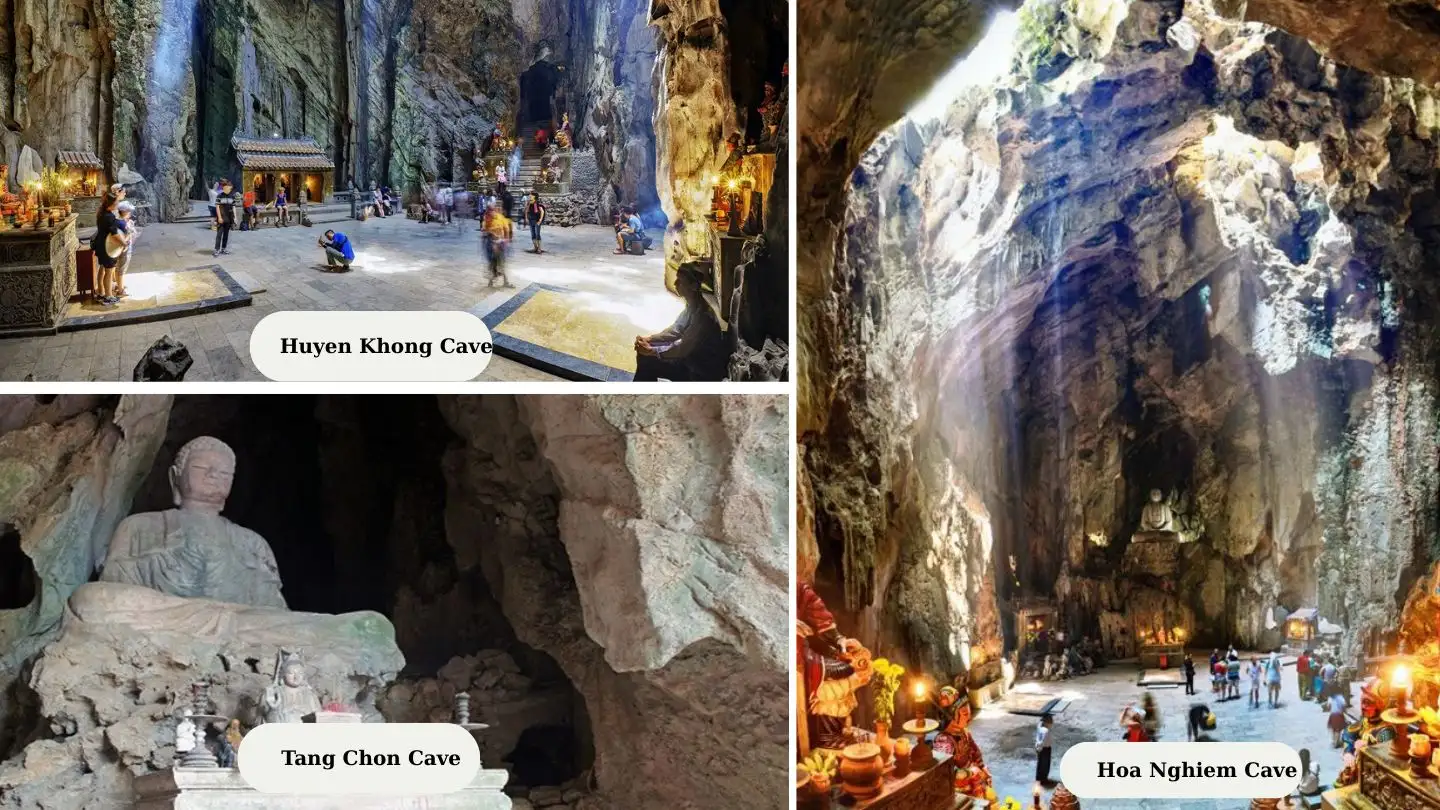
Half a dozen major caves are hidden within Marble Mountains along with many smaller, lesser-visited caverns – each cave has its own character and history. Most interiors remain cool and damp, with moss‑covered walls and lush vegetation creating an exotic, otherworldly vibe
Huyền Không Cave
Largest cave in the Marble Mountains complex, located near Tam Thai Pagoda, with a majestic bell‑shaped chamber over 16 m high. The collapsed ceiling creates five light shafts – often likened to Buddha’s fingers – that shine dramatic beams at noon, stunning photographers and visitors alike.
Inside sits a 3 m Buddha statue carved in 1960 by Nguyen Chat, along with three temples and two altars dedicated to deities, including the Goddesses of matchmaking and marriage. Historically significant as a secret base and later a field hospital for Vietnamese revolutionaries during the Vietnam War era.
Hóa Nghiêm (Hoa Nghiem) Cave
- Serves as the entrance to Huyền Không Cave, featuring a stone gate marked “Huyền Không Quan” and lush grotto greenery. Houses a 400‑year‑old statue of Avalokitesvara (Lady Buddha), carved in the 17th century and gifted by sculptor Nguyen Chat in 1960. Its walls contain ancient inscriptions and stele recording historical donations to temple restoration – among the oldest in Da Nang.
Tầng Chơn (Tang Chon) Cave
Located on Metal Mountain (Kim Sơn), this cave is decorated with marble statues depicting chess players and mandarin figures throughout its twisting passages. The cave offers unique carvings and symbolic altars, and is valued for its mysterious atmosphere and devotional imagery Known as “containing truths of the universe,” Tang Chon Cave blends natural rock formation with spiritual art – all inside a cool, quiet space.
Pagodas & Shrines Exploration: Marble Mountains’ Spiritual Heartbeat
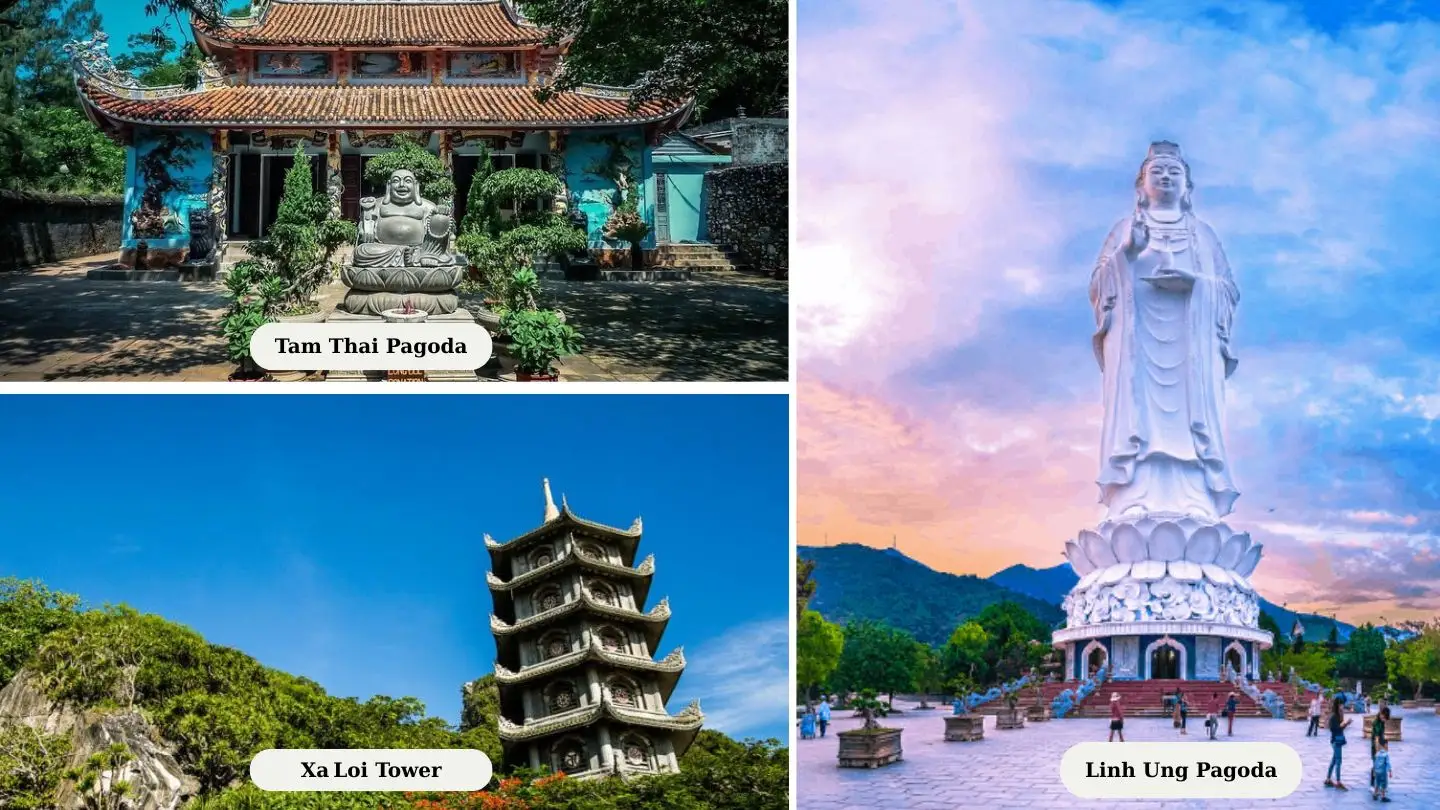
Linh Ung Pagoda (Marble Mountains)
- Built in 1825 under Emperor Minh Mạng and located on Water Mountain (Thủy Sơn), this is one of the three Linh Ung pagodas in Da Nang. The striking highlight is a 10‑metre white Buddha statue facing outward from the mountain.
- Nearby stands the 28‑metre Xa Lợi Tower, with around 200 stone statues of Buddhas, Bodhisattvas, and Arhats – a spiritual spectacle not to miss.
Tam Thai Pagoda
The oldest pagoda at Marble Mountains – initially built in 1603, then rebuilt of brick in 1825 by King Minh Mạng and declared a national pagoda. Access involves climbing 156 stone steps up Thủy Sơn; once inside, the layout forms a stylized Chinese character “王” symbolizing royalty.
The temple contains multiple shrines: Avalokiteśvara, Quan Công, and deities of love and forest health, plus two heritage trees over 200–350 years old at the entrance—a yin-yang pair regarded as sacred.
Xa Loi Tower
Built in 1997 beside Linh Ung Pagoda, housing 200 stone statues and 40 relief carvings of Buddhist figures.
At 28 metres tall, the tower offers breathtaking views across Water Mountain, the Marble Mountains complex, and Non Nước Beach beyond.
How To Get To Marble Mountains From Da Nang?
The Marble Mountains are located in the heart of Non Nuoc Stone Carving Village, about 8 km south of Da Nang city center. You can easily visit by private car, motorbike, taxi, or as part of a guided tour. From Da Nang or Hoi An, it makes a perfect half-day or full-day trip.
For a flexible and stress-free journey, you can book a private car, where the driver can take you directly to Marble Mountains and stop at other places along the way — your schedule, your plan. Another option is taking a limousine service to Da Nang, then exploring the mountain on your own.
Don’t want to worry about transport? Simply book a tour, sit back, and enjoy the experience – we’ll take care of the rest!
History of Marble Mountains
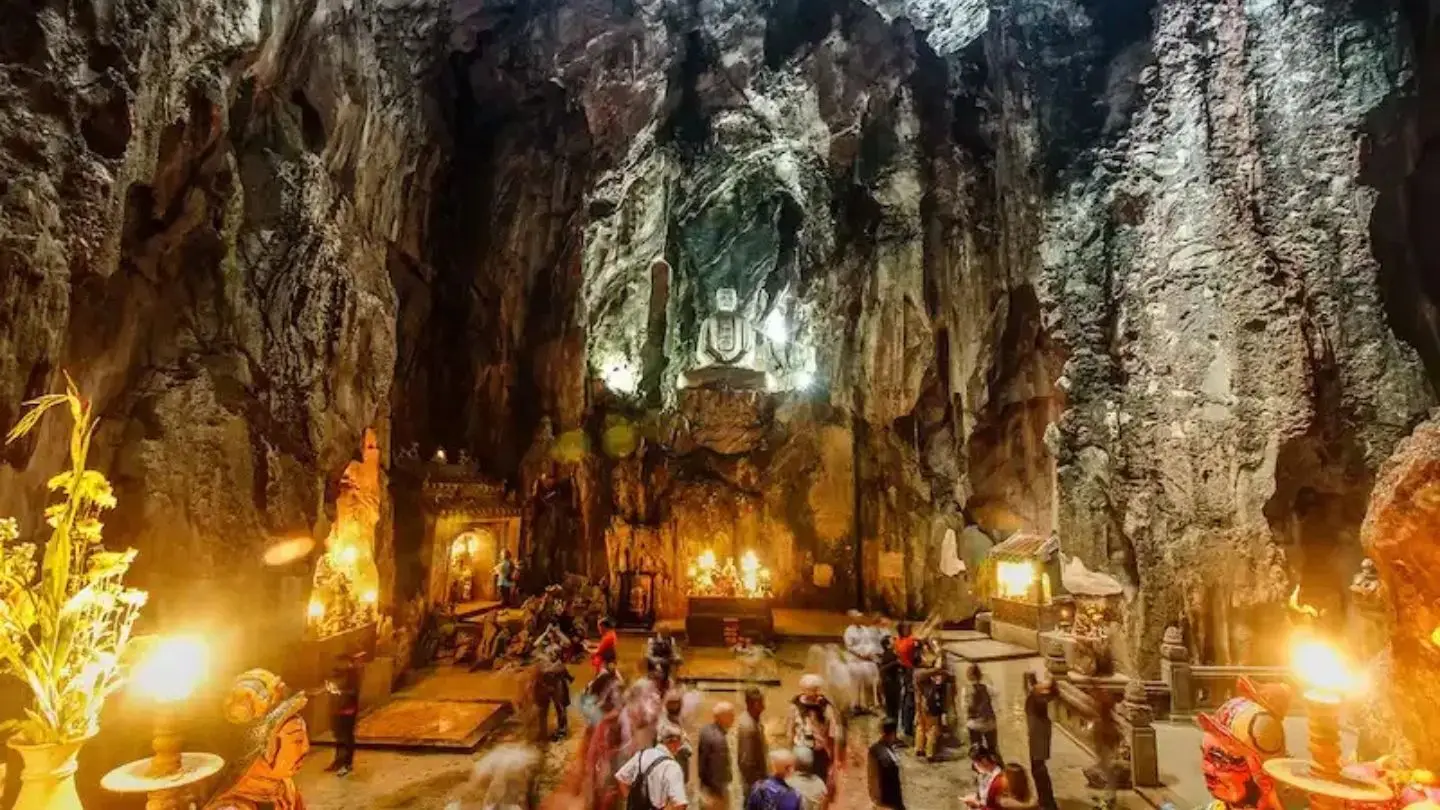
Long ago, local legend says a dragon flew over Non Nuoc Beach and laid a magical egg in the sand. After some time, the egg hatched, and a beautiful girl was born. When the eggshell broke, it shattered into five pieces – and those became the five Marble Mountains we see today.
By the 9th century, these mountains were already special. The Cham people used them as a sacred place for pilgrimages. Later on, during the reign of Vietnamese King Minh Mang, the mountains were officially named Ngu Hanh Son, or The Five Element Mountains, with each peak representing metal, water, fire, wood, and earth — the core elements of Eastern philosophy.
Even today, these names haven’t changed. The Marble Mountains have become not just a natural wonder, but a place full of stories, temples, ancient caves, and spiritual energy that continues to inspire travelers from all over the world.
Tips to Visit Marble Mountains, Da Nang
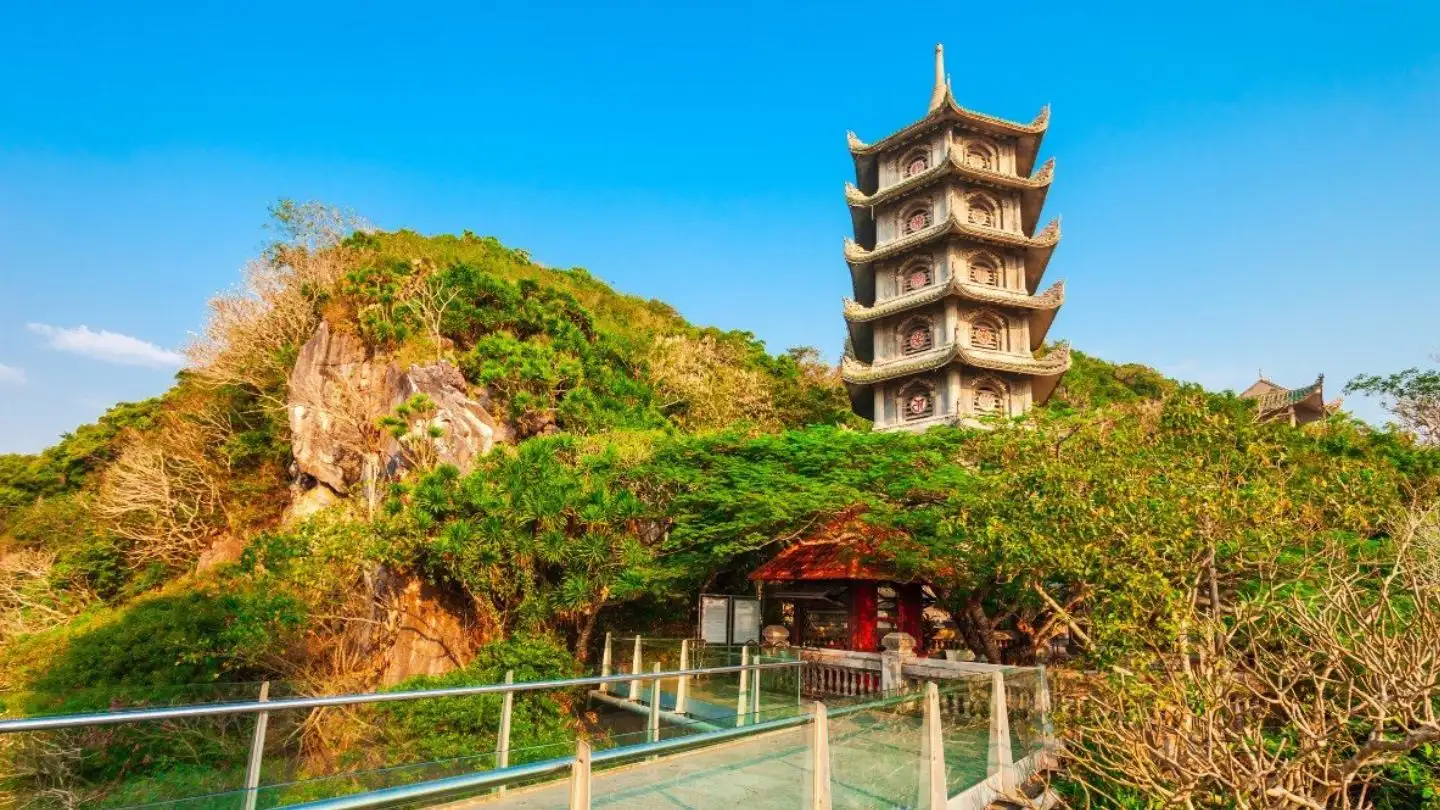
🕒 Suggested Itinerary
A half-day (about 3–4 hours) is ideal for exploring top destinations like pagodas, caves, viewpoints, and enjoying the surroundings without rushing.
Best Time to Go
Visit in the dry season (January–August) when temperatures range around 22–28 °C and skies are clear. Avoid midday heat (11 AM–2 PM); instead, explore early morning (before 9 AM) or late afternoon (after 3 PM) to stay cool and dodge crowds.
What to Wear & Pack
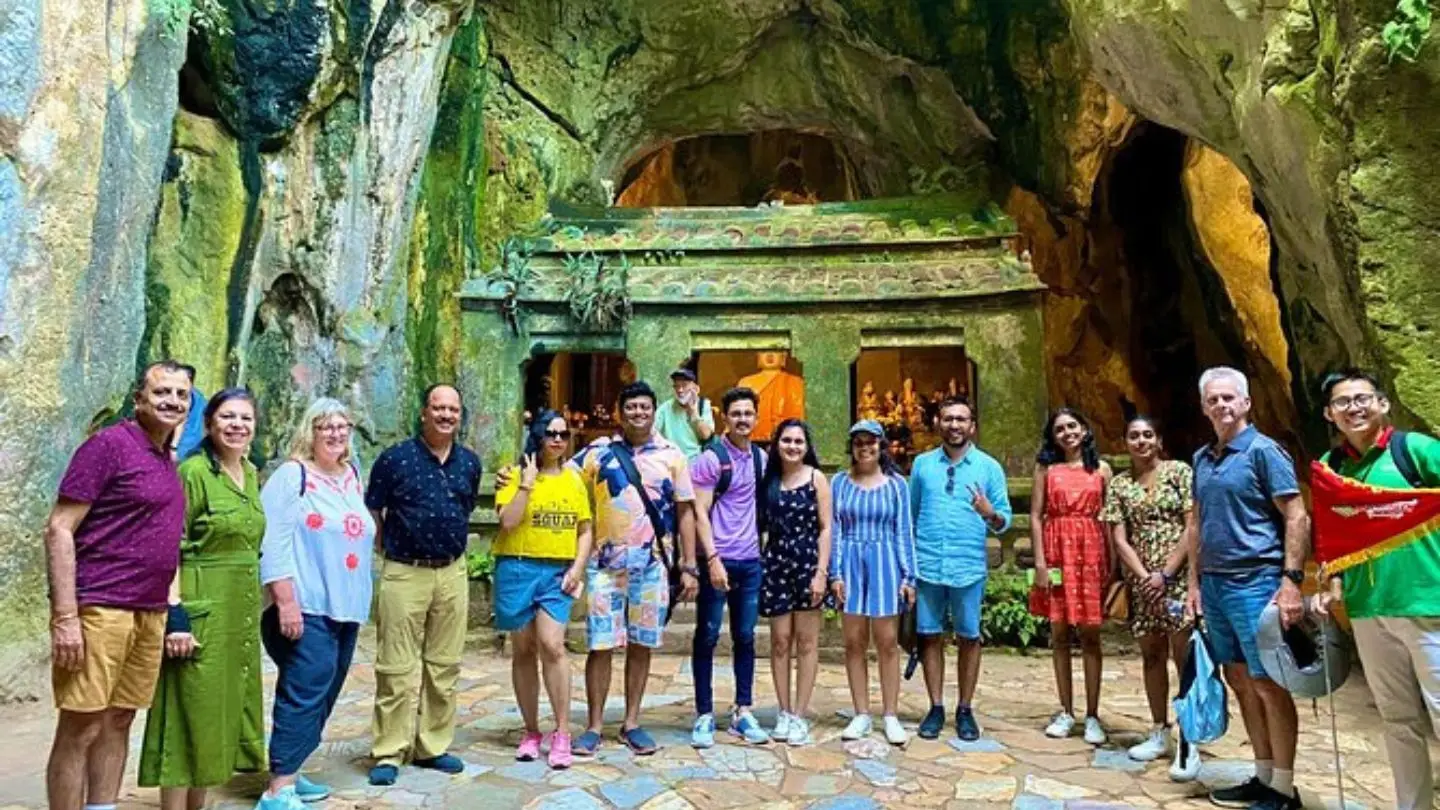
Wear comfortable grip shoes (hiking or sports shoes) because stairs and cave floors can be slippery. Dress modestly: cover shoulders and knees when visiting pagodas and sacred areas; bring a scarf or sarong if needed. Carry water, sunscreen, a hat/cap, sunglasses, and a small backpack with essentials like hand sanitizer and phone power bank.
Tickets & Accessibility
Entry fee to Marble Mountain is 40,000 VND, elevator ride costs 15,000–30,000 VND depending on direction.
Note: The elevator provides easy access to higher areas, but stairs are still needed to explore most caves and viewpoints
Additional Notes:
- Safety First: Be cautious on steep, uneven, or damp steps, especially after rain. Bring a flashlight or use your phone’s light in dim caves. Keep an eye on children and older adults – they may tire or find some routes challenging.
- Guided Insight (Optional): Hiring a local guide (100,000–150,000 VND / ~$4–6 USD) can enrich your visit with stories about cave history, spiritual meaning, and war-time significance.
- Respect Local Culture: Speak quietly when inside temples, remove hats and shoes before entering worship halls, and avoid touching sacred items—local etiquette matters.
- Extend Your Trip: Combine your visit with stops at Non Nuoc Beach, Non Nuoc Stone Carving Village, or nearby attractions like Hoi An Ancient Town and Dragon Bridge.
Conclusion
Marble Mountains are not just stone and rock, they are where nature tells its stories through wind, through stone, and through the silent light inside ancient caves. Every step feels like touching a layer of old memories. Standing at the peak, your heart feels as light as the clouds, as quiet as a temple bell echoing in the distance. Even after you leave, the place stays with you – in your heart, like a dream that refuses to end.






